This week, we’re talking all about green beans: how to choose them, how to store them, and how to use them. Whether you pick them from your backyard garden, CSA box, farmer’s market, or local grocery cooperative, they can be used to their fullest this summer.
Seasonal Availability:
Late summer, July through September is generally when you’ll start to see Wisconsin-grown green beans in your farmers’ market, CSA boxes, or grocery co-op. Over half of all commercial green beans are grown in the United States, and Wisconsin is one of the top five growers in the states.
Health Benefits:
Green beans are high in vitamin C, manganese, and vitamin K (which plays a role in blood clotting, bone metabolism, and regulation of blood calcium levels—hey, strong bones!).
How to Select:
Choose beans that are bright in color, fresh, and firm. Select the thinnest beans available—avoid ones that are thick and bulging, which may be mealy. If you can, bend a bean in half—if it snaps cleanly, it is fresh. Occasionally you can find purple “green” beans at the market; despite their unique color they taste like a typical green bean, but they add a fun color to salads and raw dishes (they will turn green if you cook them).
How to Store:
Fresh green beans don’t last long, so plan to use or preserve them soon after purchase. Keep them in the fridge in an open vegetable bag for no more than a few days. If you have excess, consider briefly blanching and freezing them (blanching is just a method of briefly par-cooking vegetables in boiling water–about a minute for green beans–then cool them off quickly in a bowl of ice water).
How to Prepare:
Line them up with the stems to one side and trim the stems off all at once. Green beans are versatile—blanched, in a salad, sautéed, roasted, braised, or baked into a casserole. As a main dish, consider adding them to a stir-fry, casserole, or pasta dish. Lightly steamed, they make a versatile side dish with even the simplest of toppings: lemon juice, herb vinaigrette, parmesan cheese, almonds, walnuts, or sesame oil with ginger and garlic.
Recipe: Green Beans Amandine
Recipe Information
Total Time: 30 minutes
Servings: 6
This easy, classic side features fresh green beans in lemon-butter sauce with toasted almonds.
Ingredients
- 1 1/2 pounds green beans, trimmed
- 1/4 cup sliced almonds
- 1 tablespoon butter
- 4 cloves garlic, minced
- 2 tablespoons lemon juice
- 1/4 teaspoon salt
- 1/4 teaspoon black pepper
Preparation
Fill a large pot with water and a generous pinch of salt, then bring to a boil. Add the green beans and blanch for 2 to 3 minutes; beans should be crisp and bright green. Remove from heat, drain and set aside.
Toast the almonds in a skillet over medium heat, stirring constantly until golden brown, about 5 minutes. Remove almonds from heat and set aside.
Add the butter to the skillet and sauté the garlic over low heat until slightly golden, then stir in the almonds, lemon juice, salt and black pepper. Add the green beans and toss to mix well. Serve hot.
Nutritional Information
104 calories, 6 g. fat, 5 mg. cholesterol, 12 g. carbohydrates, 4 g. protein, 4 g. fiber, 814 mg. sodium
Recommended reading:
For something beyond the simple, check out The Culinary Institute of America: Vegetables. You don’t have to be a professional chef from the “world’s premier culinary college” to create Southern-Style Green Bean Salad or Sweet and Sour Green Beans with Water Chestnuts. The book is available through the Hudson Public Library system.
What about you?
What’s the first recipe that comes to mind when you see a big bunch of bright, fresh green beans from a local farmer? Share your thoughts in the comments on our Facebook page! Want to see more local, fresh produce in your fridge? Consider becoming an owner of the Hudson Grocery Cooperative—which will be a locally-owned, full-service grocery store that offers diverse food and product choices including organic, sustainable and regionally sourced options for our community.
Image and recipe credit Welcome to the Table


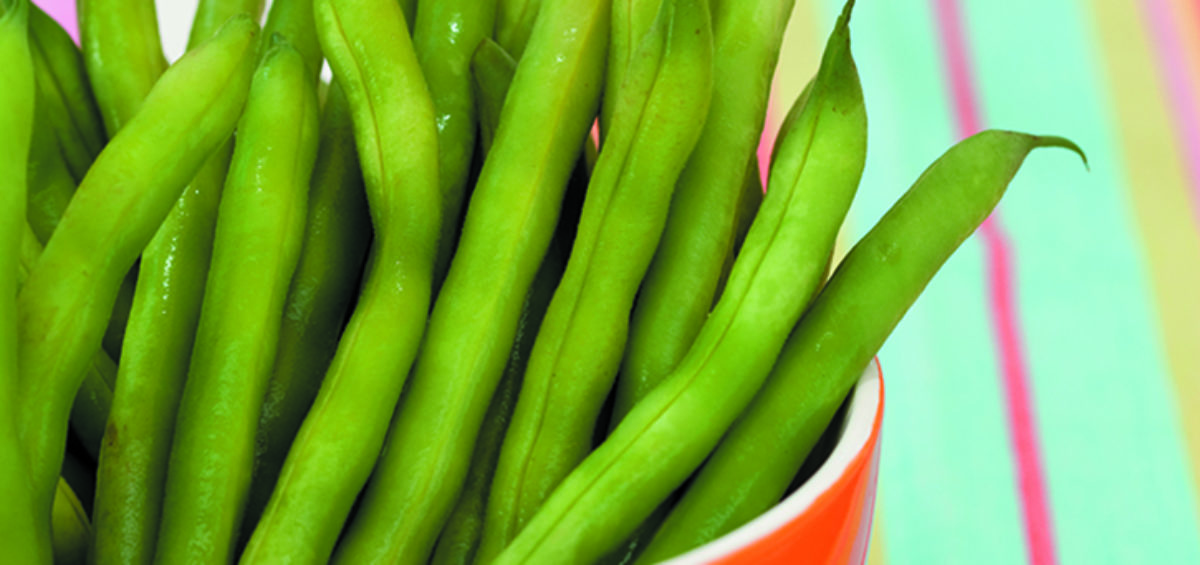
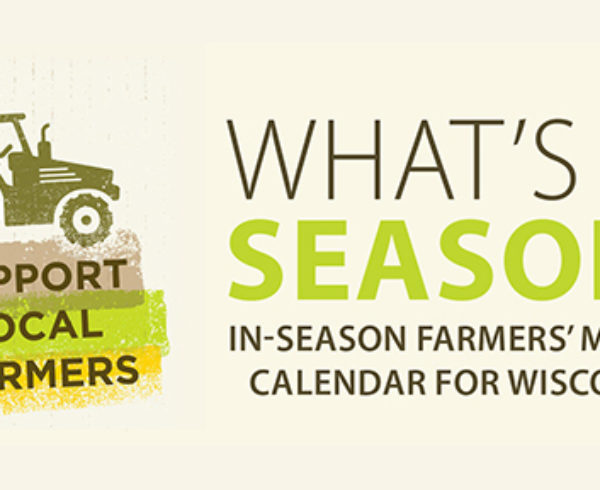
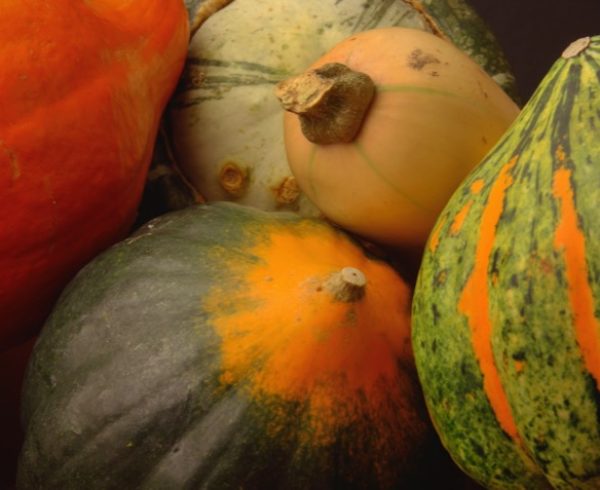
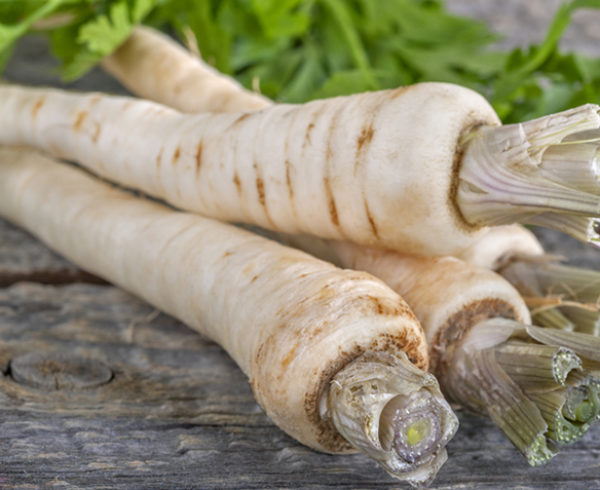
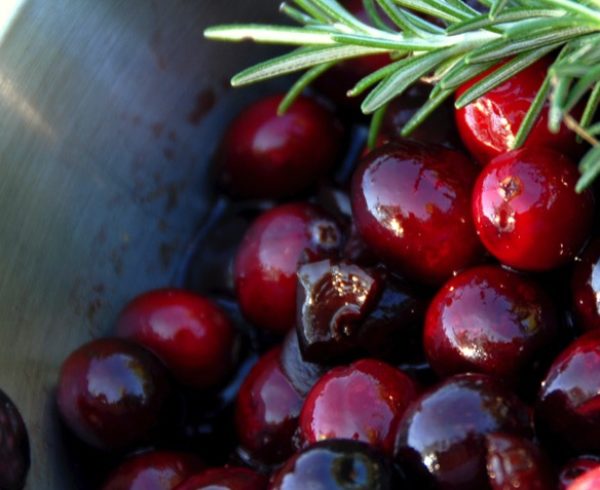
Leave a Comment